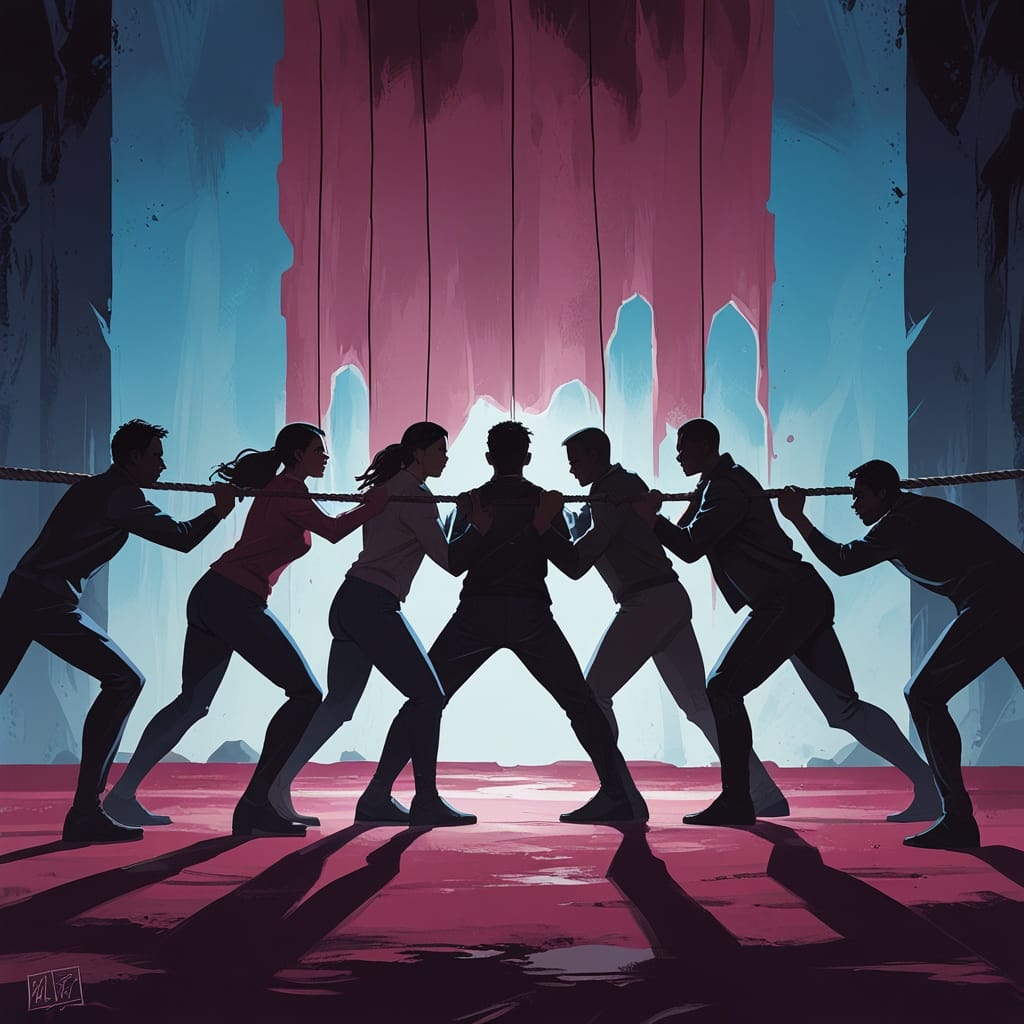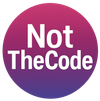Smiles, Conflicts, and the Human Side of Tech
The friction in tech projects rarely stems from code, but from human conflict. This article explores how smiles and conflict resolution techniques transform team dynamics, shifting tension into collaboration. The most complex system isn't our codebase—it's our relationships.

This began as a piece for my company's internal newsletter in October 2023. What started as a fun writing exercise unexpectedly became the seed for NotTheCode. Sometimes the most meaningful projects grow from our casual creative moments.
Every October, two observances appear on the calendar just days apart: World Smile Day and World Conflict Resolution Day. On the surface, they seem unrelated—one celebrates happiness, the other addresses disagreement. But when we pause to reflect on what makes software projects succeed (or fail), their proximity feels anything but random.
Beyond the Code
The truth is, most of the friction we experience in tech has little to do with code. It's rarely a broken API or a missed semicolon that derails a project. More often, it's miscommunication between teams. Misaligned expectations. A lack of psychological safety. In other words, human conflict.
As my grandmother used to say, "Um teimoso nunca teimou sozinho." This Portuguese saying roughly translates to "It takes two to make a quarrel" or "It takes two to tango" in English—a gentle reminder that conflict is never a solo act. It takes at least two people—both convinced they're right, both unwilling to yield.
When Teams Collide: A Real-World Example
In one of the biggest projects I've been part of, our development team spent weeks building a feature based on what they thought the product team wanted. The specs seemed clear enough—until the demo. What followed was two hours of tense conversation, with each side defending their interpretation of requirements that, in hindsight, were ambiguous from the start.
The turning point wasn't technical—it was human. Our tech lead took a deep breath, smiled, and simply asked: "Can we take a step back and talk about what problem we're actually trying to solve for users?" That single question reframed the conversation from blame to collaboration. The feature shipped two weeks later—different from both original visions, but better for users.
The Disarming Power of a Genuine Smile
Dale Carnegie, known for his enduring work on human relationships, spoke often about the power of a genuine smile. Not as a strategy to manipulate, but as a way to create connection. A real smile lowers defenses, opens dialogue, and humanizes everyone involved. In a tense retro, a difficult feedback session, or a cross-team standoff, a smile can shift the mood. It invites conversation instead of confrontation.
Practical Conflict Resolution for Tech Teams
When tensions rise, consider these approaches:
- Separate problems from people – Focus criticism on ideas or circumstances, never on personalities or intentions
- Use the "yes, and" technique from improv – Build on others' ideas rather than contradicting with "but" statements
- Document understanding – After discussions, have each party summarize their understanding to ensure alignment
- Create conflict resolution frameworks – Establish team protocols for addressing disagreements before they escalate
The Complex System of Teamwork
In software development, we spend our days immersed in complexity—product roadmaps, sprint velocity, user feedback, and technical debt. But the most intricate system of all is the team itself. Navigating human dynamics is a discipline as real and important as debugging a legacy codebase. And often, the first breakpoint to inspect isn't in the repo—it's in the relationship.
That's why the pairing of World Smile Day and World Conflict Resolution Day offers such a timely reflection for tech professionals. One day reminds us to connect with joy. The other challenges us to bridge divides. Together, they highlight a simple but often overlooked truth: building better software starts with building better teams and relationships.
Moving Forward, Together
Research consistently shows that interpersonal factors significantly impact team performance and that the way team members communicate and interact with each other is one of the most important predictors of team success—more important than individual intelligence, personality, skill, or even the content of discussions.
Smiles won't solve every disagreement. But they can disarm ego, defuse tension, and open a door to understanding. In an industry that moves fast and often prizes correctness over connection, it's worth remembering that collaboration isn't about being right—it's about getting it right, together.
So whether you're a developer deep in a sprint, a PM caught between shifting priorities, or a designer navigating feedback loops, take a moment today. Smile. Ask the extra question. Extend the olive branch. Your code—and your colleagues—will thank you.
And in the words of Raul Solnado, a beloved Portuguese actor and comedian who brought humor and heart to countless lives: "Façam o favor de ser felizes." ("Please be happy.")
Because when we remember the humans behind the code, we all build better things together.
